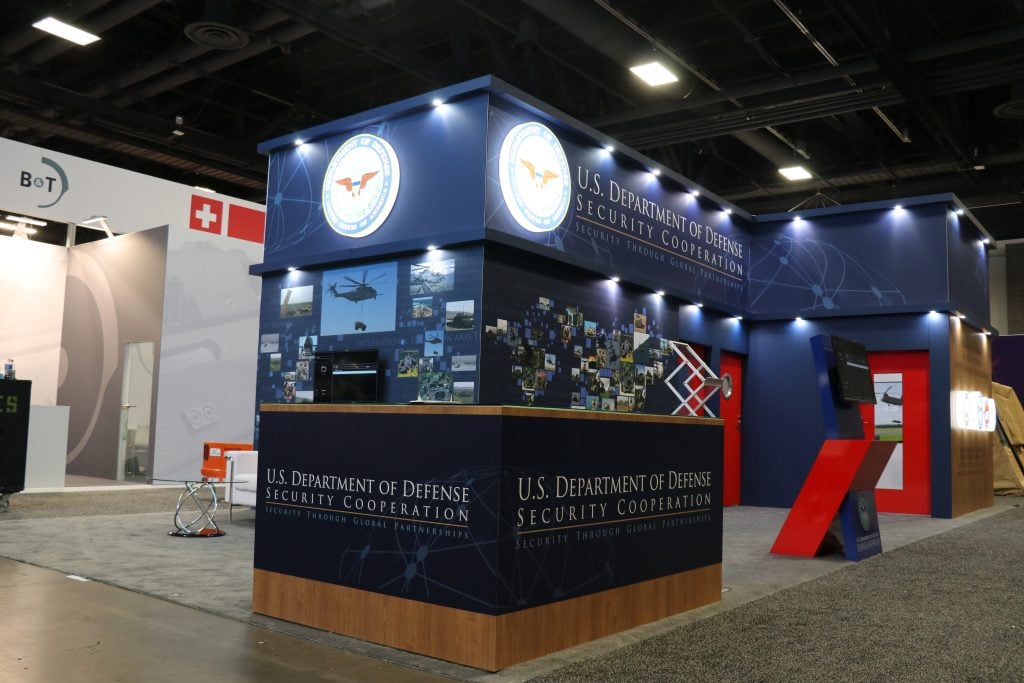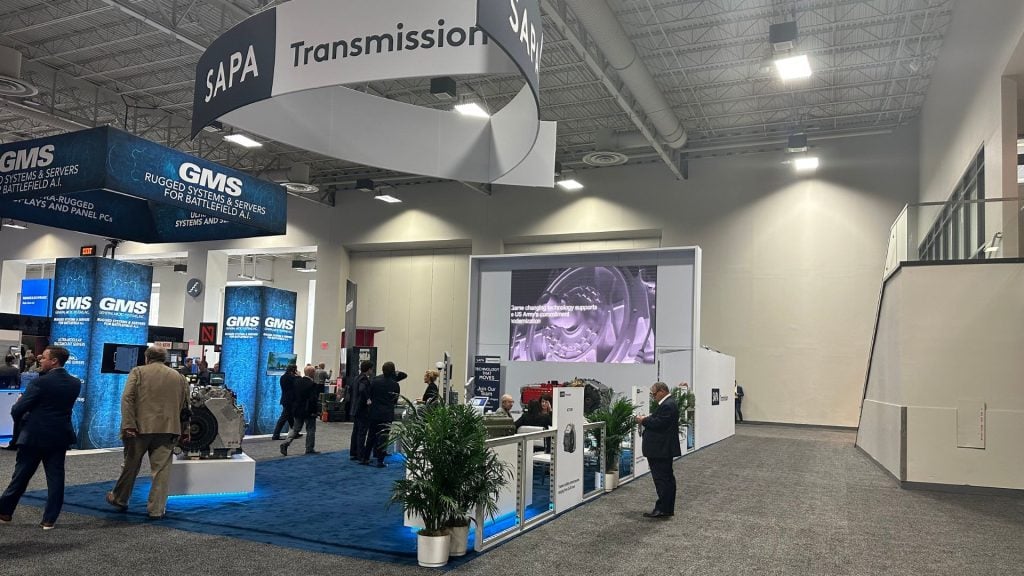
Introduction
Trade show exhibits have a long and storied history, playing a crucial role in commerce, innovation, and industry networking. As we delve into the past, we uncover hidden gems that reveal the evolution of trade show exhibits, showcasing how they have shaped and been shaped by technological advancements, societal changes, and economic trends.
This exploration, which we can call “Exhibit Archaeology,” provides valuable insights and inspiration for modern exhibitors. Join us as we unearth the fascinating history of trade show exhibits and the lessons they hold for today’s industry professionals.
1. The Origins of Trade Shows:
The concept of trade shows dates back centuries, with early examples such as medieval fairs and marketplaces.
- Medieval Trade Fairs: In medieval Europe, trade fairs were essential for commerce, bringing together merchants, craftsmen, and buyers from different regions. Notable fairs, such as the Champagne Fairs in France, set the stage for modern trade shows with their diverse range of goods and vibrant atmospheres.
- World’s Fairs: The Great Exhibition of 1851 in London marked the beginning of the World’s Fairs era. These events showcased the latest industrial innovations, cultural achievements, and artistic endeavors from around the globe, influencing the design and purpose of future trade shows.
2. Evolution of Exhibit Design:
As trade shows evolved, so did the design and complexity of exhibit booths, reflecting advancements in technology and changes in marketing strategies.
- Early 20th Century: In the early 1900s, trade show exhibits began to incorporate electric lighting and printed graphics, enhancing visual appeal. Exhibitors started using themed displays and dioramas to attract and engage visitors.
- Mid-20th Century: The post-World War II era saw a boom in trade shows, particularly in the United States. Exhibits became more sophisticated, featuring interactive elements, multimedia presentations, and innovative materials like plastics and fiberglass.
- Late 20th Century: The rise of digital technology in the 1980s and 1990s transformed exhibit design. Computers, video displays, and interactive kiosks became standard features, offering new ways to engage attendees and showcase products.
3. Iconic Trade Show Moments:
Throughout history, certain trade show exhibits have stood out for their impact and innovation, leaving a lasting legacy.
- Ford at the 1939 New York World’s Fair: Ford’s “Road of Tomorrow” exhibit featured a futuristic vision of transportation, complete with a working assembly line. This exhibit highlighted the power of experiential marketing and set a high standard for future trade show presentations.
- IBM at the 1964/65 New York World’s Fair: IBM’s pavilion, designed by renowned architect Eero Saarinen, showcased cutting-edge computer technology through interactive displays and multimedia presentations. This exhibit demonstrated the potential of technology-driven engagement.
- Apple at Macworld 2007: Steve Jobs’ unveiling of the iPhone at Macworld 2007 was a game-changing moment for trade shows and the tech industry. The minimalist design and impactful presentation exemplified how a well-executed exhibit can generate massive buzz and drive product adoption.
4. Lessons from Trade Show History:
The rich history of trade shows offers valuable lessons for modern exhibitors, emphasizing the importance of innovation, engagement, and adaptability.
- Innovation: Historical exhibits that pushed the boundaries of design and technology attracted significant attention and left a lasting impact. Modern exhibitors should continue to seek out innovative ways to showcase their products and engage attendees.
- Engagement: Interactive and experiential elements have been key to successful exhibits throughout history. Creating immersive experiences that invite participation can enhance attendee engagement and make a lasting impression.
- Adaptability: The evolution of trade show exhibits reflects broader societal and technological changes. Staying adaptable and responsive to emerging trends ensures that exhibits remain relevant and effective.
5. Modern Applications:
Drawing inspiration from trade show history, modern exhibitors can apply these insights to create impactful and memorable exhibits.
- Incorporating Technology: Utilize the latest technology, such as augmented reality (AR), virtual reality (VR), and artificial intelligence (AI), to create interactive and personalized experiences for attendees.
- Sustainable Design: Reflecting growing environmental awareness, design booths with sustainable materials and practices. This not only reduces environmental impact but also resonates with eco-conscious attendees.
- Storytelling: Leverage storytelling techniques to convey your brand’s history, values, and vision. Engaging narratives can create emotional connections with attendees and enhance brand loyalty.
6. The Future of Trade Show Exhibits:
Looking ahead, the future of trade show exhibits will likely continue to be shaped by technological advancements and changing attendee expectations.
- Hybrid Events: The rise of hybrid events, combining physical and virtual elements, offers new opportunities for reaching broader audiences and creating dynamic, interactive experiences.
- Data-Driven Insights: Leveraging data analytics to track attendee behavior and preferences can provide valuable insights for optimizing exhibit design and engagement strategies.
- Personalization: Increasingly, personalized experiences tailored to individual attendee needs and interests will become a key factor in successful trade show exhibits.
Conclusion:
Exhibit Archaeology reveals the rich and diverse history of trade show exhibits, highlighting key moments, innovations, and lessons that continue to influence the industry today. By understanding and applying these historical insights, modern exhibitors can create engaging, innovative, and effective booth designs that stand out in a competitive landscape. As we look to the future, the ongoing evolution of trade show exhibits promises exciting possibilities for engagement, innovation, and impact.


 Global
Global Europe
Europe

